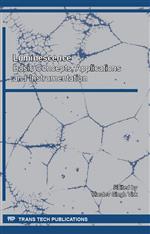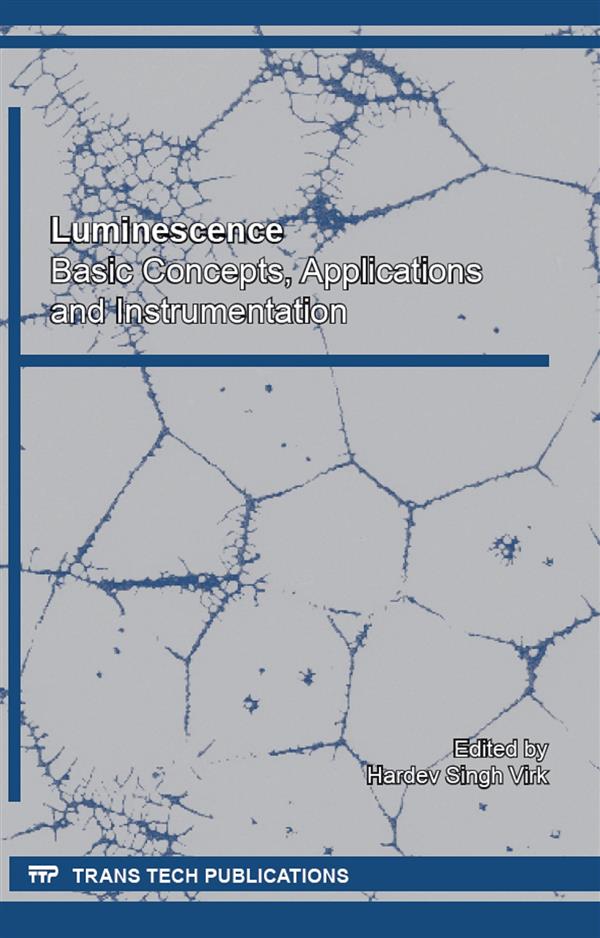Engineering Research
Materials Science
Engineering Series
Luminescence
Subtitle:
Basic Concepts, Applications and Instrumentation
Description:
Purchase this book:
Info:
Review from Ringgold Inc., ProtoView:
Eight review papers and one case study provide a snapshot of the currentscience of luminescence. They cover the importance of environmentally friendly organic light-emitting diode (OLED) lighting, OLEDs and their applications,photoluminescence studies in II-VI nanoparticles embedded in a polymer matrix, electroluminescence in chalcogenide nanocrystals and nanocomposites, thethermoluminescence of persistent luminescent materials, the role of thermoluminescence in the design of inorganic scintillators, some landmarks inthe development and application of luminescence to Earth and planetary sciences, luminescence instrumentation, and a case study of a thermoluminescence reader controlled by a personal computer.
Ringgold Subjects:
— Biochemistry
— Materials science

